60
Create webMethods Integration Server Docker Images using Software AG 10.7 installer: step by step guide
The purpose of this article is to provide a step by step guidance on how to create a webMethods Integration Server Docker image using Software AG installer 10.7 on a Linux flavored system. This is a new feature available in 10.7, where we don’t need to pre-install a base IS installation, to be able to create a IS docker image. I have performed this POC on a ubuntu based VM. I will also share the step-by-step process for installing the docker engine on Ubuntu VM, as having a docker engine running is mandatory for this IS docker image generation process to work.
Important Notes:
The POC I have done is based on my knowledge of the Linux, Software AG product suite and Docker, and it doesn’t necessarily say/recommend anything about the best way, and the best practices prescribed by anyone for doing it.




 5.2 Run the below command to install the Docker engine
sudo apt-get install docker-ce docker-ce-cli containerd.io
5.2 Run the below command to install the Docker engine
sudo apt-get install docker-ce docker-ce-cli containerd.io
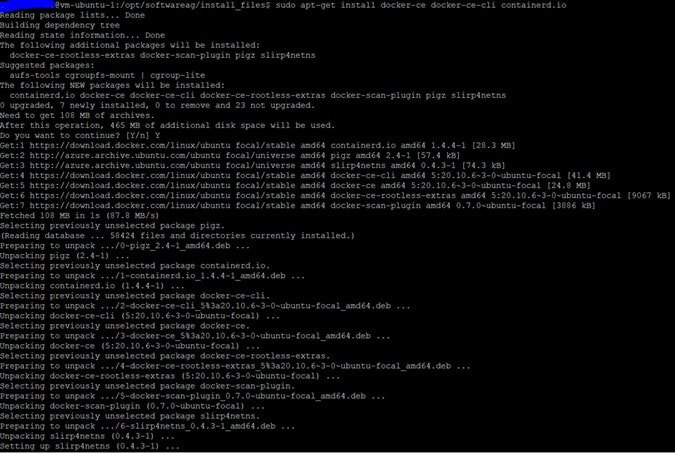
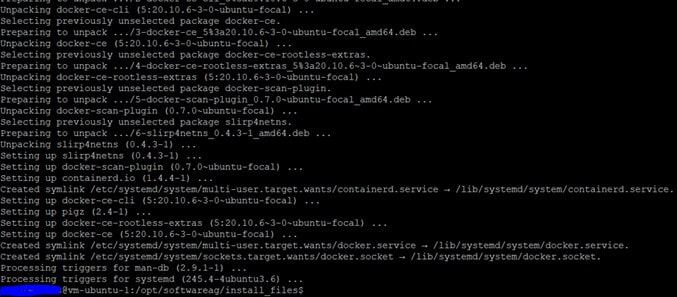 5.3 Use the below command to add your user to the docker group so that you can run docker commands. Here $USER is the user ID, which you will use to run the installation instructions.
sudo usermod -aG docker $USER
6.Restart your VM for the changes to take effect
5.3 Use the below command to add your user to the docker group so that you can run docker commands. Here $USER is the user ID, which you will use to run the installation instructions.
sudo usermod -aG docker $USER
6.Restart your VM for the changes to take effect


sh SoftwareAGInstaller<yyyymmdd-operating_system>.bin -dockerCreateImage <docker_image_name> -dockerBaseImage centos:7 -console
For eg: sh SoftwareAGInstaller20210517-Linux_x86_64.bin -dockerCreateImage my_wm_img -dockerBaseImage centos:7 -console


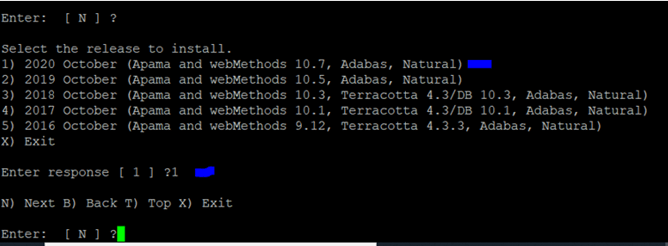


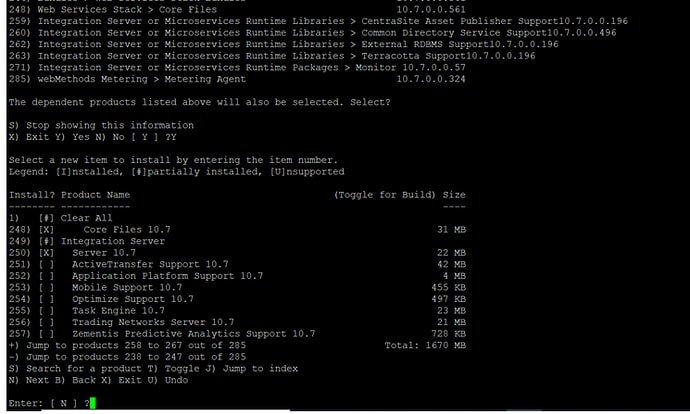
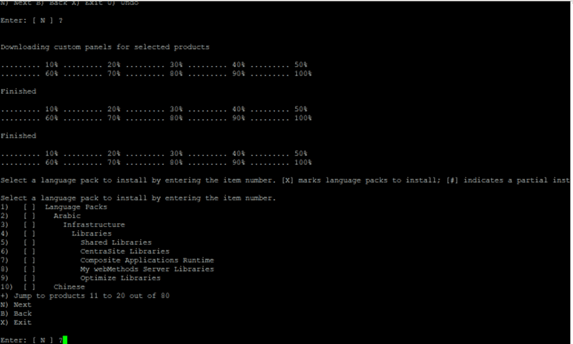
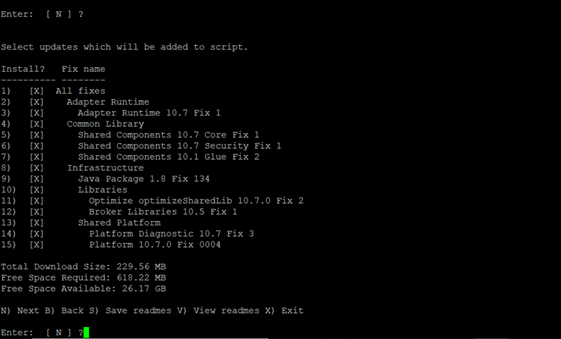


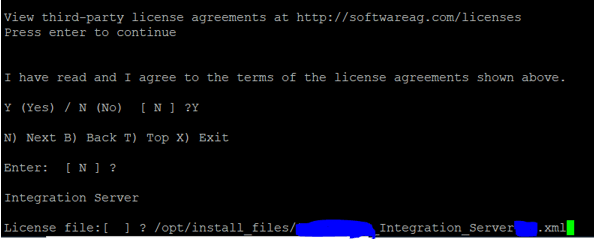

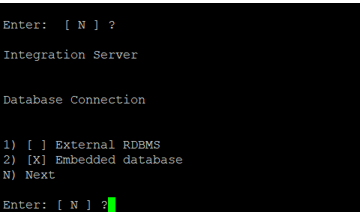
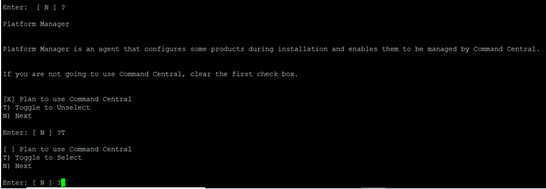

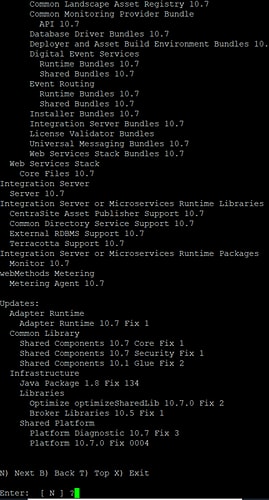
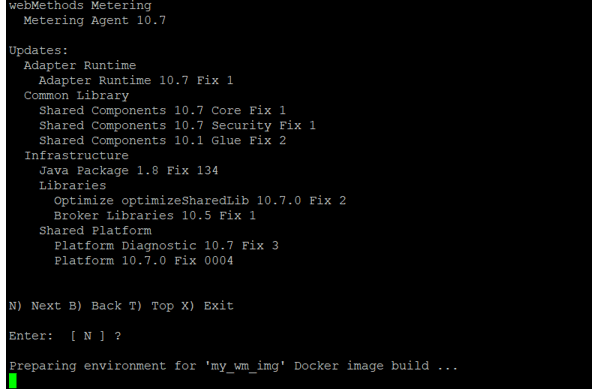





We were able to use SAG 10.7 installer for Linux system to create a docker image of IS and were able to launch a IS container from it.
Thanks for reading.
60
